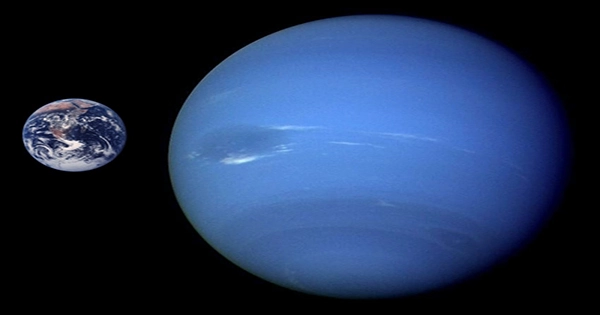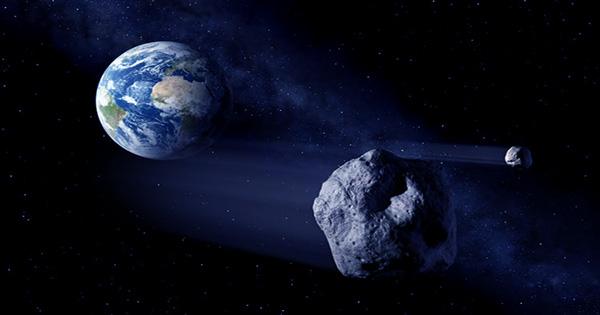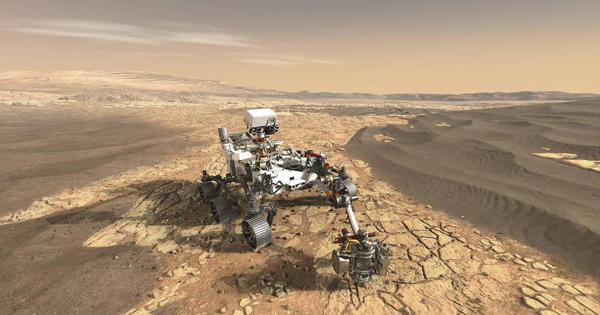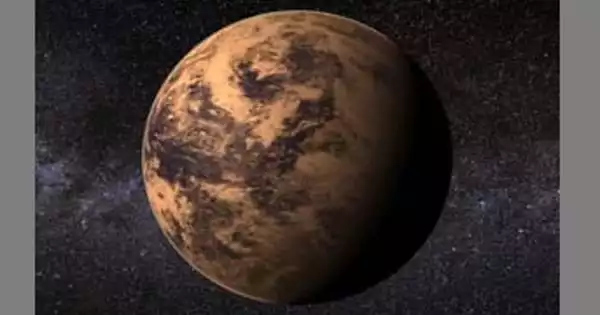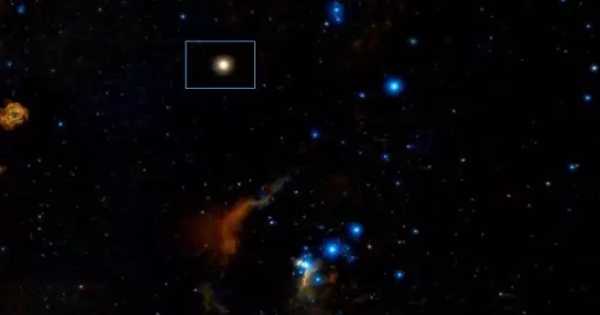Neptune and Uranus are nearly identical in mass, composition, and temperature, but they easily distinguished in visible light. Neptune is a deep blue color, as one would expect from a planet named after the deity of the sea, while Uranus is lighter and slightly greenish. (If you want to snigger, this piece will provide plenty of fodder.) So, why do they appear to be so dissimilar? The difference attributed to a layer of initially tiny methane ice particles that sink as they expand; eventually forming a kind of snow that subsequently re-evaporates, according to a recent report under peer review.
At close range, orbiting space missions have explored all of the planets as far out as Saturn has, as well as some larger asteroids. Uranus and Neptune, on the other hand, have only had flybys from Voyager 2 36 and 33 years ago, respectively, to picture them using technology from the 1970s when the mission was launched. It is no wonder that many astronomers are trying to figure out how to get back there. Meanwhile, Professor Patrick Irwin of the University of Oxford and colleagues merged Voyager 2 data with Hubble and ground-based telescope measurements to try to understand the atmospheres of the two planets.
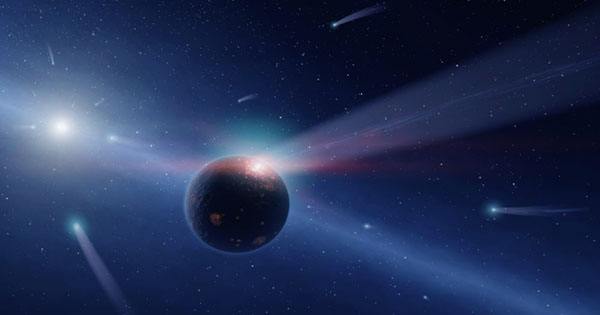
They have proposed a model, which you can read on arXiv, which could explain the two shades. Both planets, according to Irwin and co-authors, have an atmosphere made of hydrogen sulfide (the “rotten eggs” gas), ice, and photochemical haze with a base pressure more than 700 kPascals (seven times atmospheric pressure). Yes, Uranus (and Neptune) does smell like farts, as Irwin previously demonstrated. The authors infer that above this lays a layer of photochemical haze at pressures 1-2 times those of sea level on Earth, which then topped by a layer of the same composition but lower pressure.
The haze created in the upper atmospheres of the planets before dropping to the point where methane condenses. When these particles become seeds around which methane nucleates, the mixture snows until the particles liberated to act as nuclei for the creation of H2S clouds. The dominating colour caused by methane, which reflects blue light while absorbing red. Uranus’s aerosol layer is thicker, causing the hue to fade. Neptune, on the other hand, contains a thin covering of methane ice particles that amplifies the reflection of the blue part of the spectrum at a pressure lower than at the summit of Mount Everest.
Neptune, in instance, not uniformly colored, as seen by photos of black patches returned by Voyager 2, which have now been confirmed by Hubble. These attributed to material concentrations in the deep aerosol layer, according to the authors. Aside from gaining a better understanding of our solar system’s most mysterious planets, the research could also shed light on the number of Neptune-sized worlds found around distant stars.
